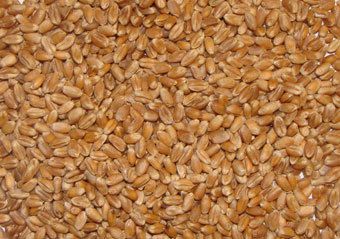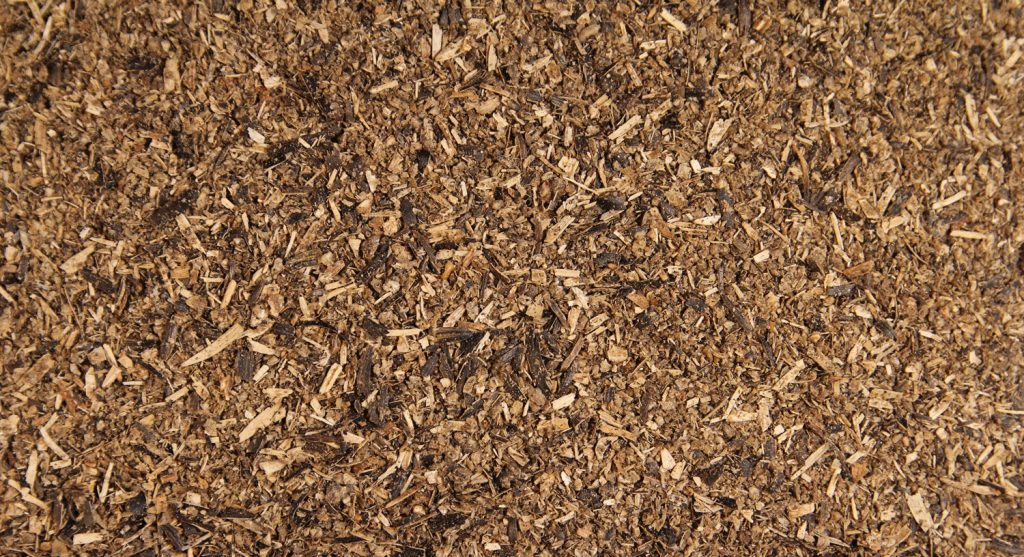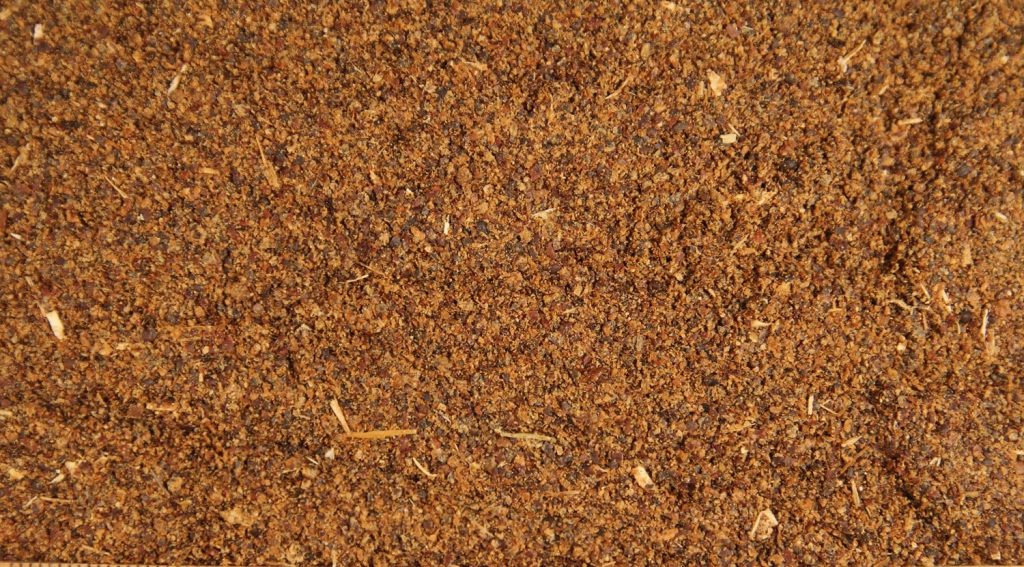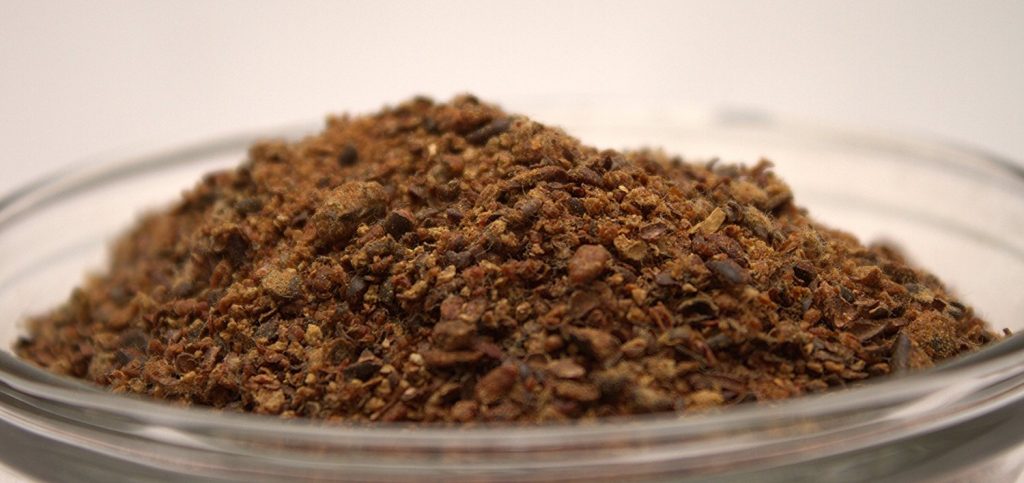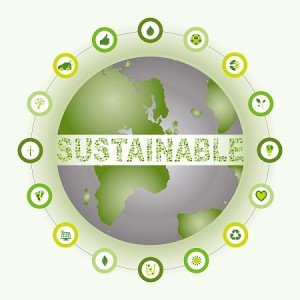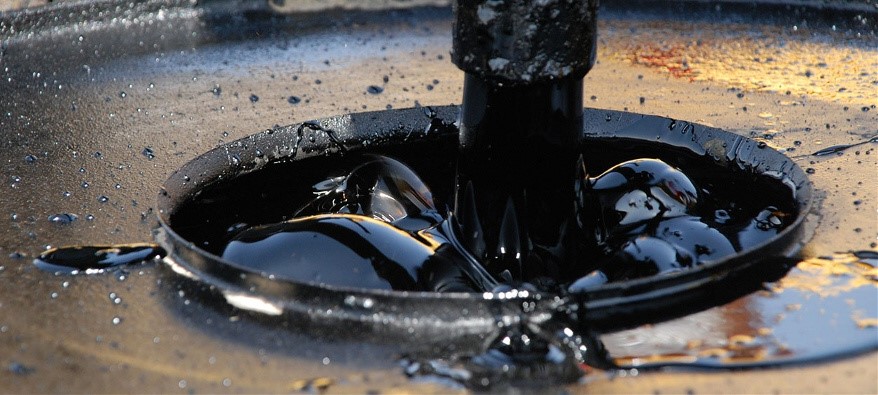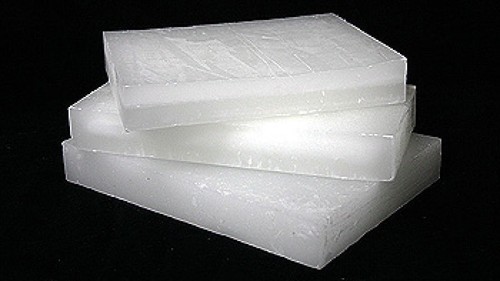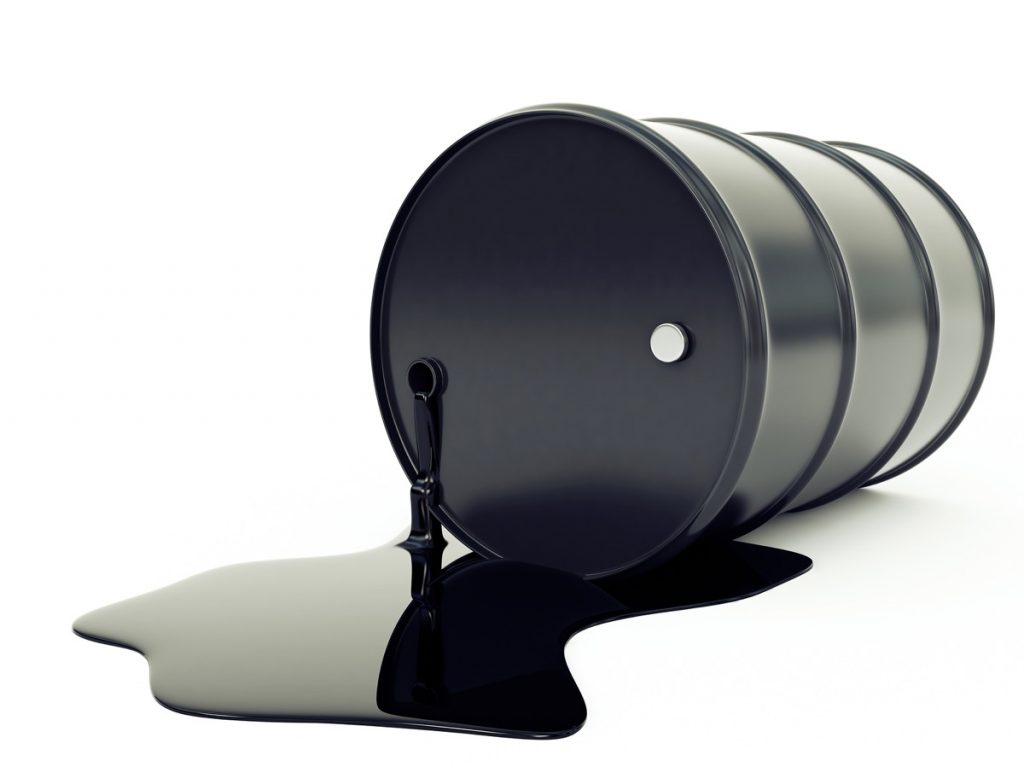Wheat Animal Feed
Wheat Animal Feed, Wheat feed is higher in protein than other common feed grains such as corn, barley or oats. Wheat feed is often surplus to human requirements or low-quality wheat unsuitable for human consumption (low test weight or damaged wheat), but wheat is also grown specifically for feed purposes.
Sunflower meal
Sunflower meal is the by-product of the oil extraction process. Oil is the majority value of sunflower seed and meal is considered a by-product. Sunflower meal is an excellent livestock feed, especially for ruminants. For the last several years, the supply of U.S. sunflower meal has been somewhat inconsistent. That is changing as the domestic market for sunflower oil increases. There are three large sunflower crushing plants in the U.S. and two small plants. Some of the sunflower crushing plants remove a portion of the hull prior to the oil extraction process. This process called ‘dehulling’ or ‘decortication’ results in a sunflower meal with protein levels above 30% and fiber levels of 21% and below. One sunflower plant uses only a mechanical press when removing the oil from the seed. This results in a fat content of 13 percent. The other processing plants use both a mechanical and solvent extraction process and therefore have fat contents of 1 percent. Because of the variation of mechanical systems at the various oil extraction plants, each sunflower processing plant has protein and fiber levels unique to that plant. The individual plant specifications are listed below in order of volume. Sunflower Meal Uses Sunflower meal is the fourth largest oilseed meal produced and consumed in the world. Sunflower meal has the greatest potential use in ruminant rations but also has a place as a protein supplement in non-ruminant rations. Unhulled or partially dehulled sunflower meal can be substituted for soybean meal on an equivalent protein basis in feeding ruminants. The low-fiber and higher protein meals can be utilized in feeding poultry and swine. Lower levels of lysine and threonine may cause some restrictions on some non-ruminant uses of sunflower meal. However, sunflower meal contains an excellent level of methionine which provides potential advantages for mixing with other meals. Dairy CattleSunflower meal is entirely adequate as the sole source of supplemental protein in dairy rations. Milk production was similar when partially dehulled or fully dehulled sunflower meal replaced soybean meal in dairy cow rations. Cows fed an extruded blend of sunflower and soybean meal had a more desirable amino acid balance than cows fed soybean meal, indicating that a blend of sunflower and soybean proteins may be better than either protein source alone for high producing cows. Production increased slightly when cows were fed a blend of sunflower meal and soybean meal instead of only soybean meal as the protein supplement. The high oil content sunflower meal is an excellent feed source for dairy as well. Most modern dairies supplement fat in feed rations for lactating cows. The high fat sunflower meal eliminates the need for some or all of the fat supplement requirements. Supply of the high fat content sunflower meal is limited. Sunflower meal is also well utilized in young calves and growing heifers. Weight gains and feed consumption were similar for calves and heifers fed sunflower meal or soybean meal. Digestion trials indicated that protein digestibility was the same for both meal rations (79 percent) but energy digestibility was slightly less for sunflower meal rations (73 percent vs.78 percent for soybean meal) because of the low digestibility of sunflower hulls. Sunflower meal is generally quite palatable. In research comparisons with soybean meal, sunflower and soybean meals were equally palatable by all ages of cattle ranging from young calves to milking cows. In studies with beef cattle, sunflower meal and cottonseed meal were equally palatable. Beef CattleAs with dairy, sunflower meal can be entirely adequate as the sole source of supplemental protein in beef cattle rations. Sunflower meal has been compared to urea, soybean and cotton meals in beef cattle studies. Sunflower meal was equivalent to soybean meal for growing heifers. The 31 percent protein sunflower meal was as suitable as urea when fed to steers at up to 20 percent of the ration and as suitable as cottonseed meal when fed at 11 percent of the growing finishing ration. Feeding sunflower meal at 22 percent of the ration resulted in increased dry matter and crude protein digestibility and higher nitrogen retention. Limited studies indicated reduced weight gains and feed efficiency when beef cattle were fed 28 percent protein sunflower meal instead of a fully dehulled 41 percent sunflower protein meal. This difference was greater with barley than with corn-based rations.
Canola meal
Canola meal is commonly used in aquaculture diets including as catfish, carp, tilapia, bass, perch, seabream, turbot, and shrimp. Lim et al. (1998) found that canola meal can be included in channel catfish diets at up to 31% inclusion levels with no negative effects on performance. Canola meal and rapeseed meal are also commonly included in carp diets, which are normally vegetable protein based. Carp have a higher tolerance for glucosinolates than many other aquaculture species and this is a reason why high-glucosinolate rapeseed meal is popular in carp diets in Asia. Higgs et al. (1989) determined that canola meal could be effectively used at a 10% inclusion level in juvenile tilapia diets without significantly depressing growth rate or feed conversion efficiency. On the other hand, Abdul-Aziz et al. (1999) fed up to 25% canola meal in tilapia diets with no effects on performance. Glencross (2003) found that canola meal could comprise up to 60% of the diet for red seabream without detrimental effects on performance. In the case of shrimp, Lim et al. (1997) found that 15% canola meal in shrimp diets resulted in no significant performance differences but that 30% and 45% inclusion levels resulted in growth rate and feed intake depression. A non-nutritional concern about using canola meal in shrimp feeds is the negative effects that the fiber in canola meal has on feed pellet water stability. The main improvements for canola meal usage in aquaculture feed will likely be due to the further development of protein concentrates so that canola meal can compete with fish meal in carnivorous diets that require higher protein concentrations. Canola meal may be converted into canola protein concentrate (CPC) by aqueous extraction of protein.
Cotton seed meal
Cotton seed meal is the byproduct remaining after cotton is ginned and the seeds crushed and the oil extracted. The remaining meal is usually used for animal feed and in organic fertilizers However, the meal can be fed only to adult ruminants because it contains a compound called gossypol. The compound is highly toxic to monogastrics and even sometimes to calves which have less well-developed digestive systems.
Sustainbility
As a global leader in packaging and paper, we offer a world of opportunities. Our expertise lies in finding the most dynamic and reliable solutions. Delivering value to our stakeholders is always top of mind. Our strategic approach enables us to better respond to the key risks and opportunities associated with global challenges including climate change, degradation of ecosystems, resource scarcity and population growth. Our commitment to sustainability has contributed to our strong performance across the business and our commitment to sustainable development is fundamental to our success.
Bitumen
Specifications and Characteristics of Bitumen 60/70
Paraffin Wax
ABM paraffin wax is formulated from petroleum by dew axing light lubricating oil stocks. This commodity is mostly found as a white, odorless, tasteless, waxy solid, with a typical melting point between about 48° to 66° C (120° to 150° F). Being present in more than 10 countries, ABM is one of the suppliers of paraffin wax and is pleased to provide it to a wide range of countries across the world. ABM is also recognized internationally for its focus on guarantying the quality of paraffin wax with the arrangement of an international inspector to check the quality and quantity of the product during the loading.
Rubber Process Oil
The expertise of our company lies in offering optimum quality RPO to our clients. Rubber Process oil is produced by Lub Cut. Crude oil distillation process is obtained material to lube cut. The companies named RPO lube cut with a solvent composition and the chemical interactions and isolation RPO extract (product of solvent extraction RPO) material extracted is called Raffinate. ABM is also recognized internationally for its focus on guarantying the quality of low viscosity rubber process oil with arrangement of an international inspector to check the quality and quantity of the product during the loading.
Fuel oil
Specifications and Characteristics of Fuel Oil
